|
Do you have students that sit and stare at a paper during writing time? They struggle to come up with ideas for writing and when they do have an idea, they don't seem to be able to expand on the idea or develop the imagery. You are not alone. Writing is a difficult task for many children. They need to have some support to get started and take the risk to share their ideas. I am not an expert, but I have found that there are some ways that have worked for my students in the past. I would like to share some of them with you now. Tip 1: Brainstorm Ideas That Are ImportantBegin with brainstorming ideas to write about. I usually begin with a heart that has many different parts to it. I allow my students to draw things that are important to them in the different spaces. They can choose whatever they like to put in those spaces - hobbies, foods, places, things, people, animals, etc. Once they have the spaces filled, I give them another heart to fill in. This heart matches the first one, but instead of picture, the spaces are filled with words that tell what each picture is. Tip 2: Use A ScaffoldGetting the ideas to write about is a stumbling block for many writers, but it is not always the issue. Sometimes students are given a specific thing to write about. This can be difficult for emergent writers who struggle with actually developing their ideas from a topic to a story. I have used a couple of different strategies effectively here. The first one is a scaffold. If the idea has a specific theme, using a scaffold can help them get started. For example, It was so cold___________ It was so cold___________ It was so cold___________ Finally the sun came out and warmed everything up. They fill in the blanks with ideas or examples and end up with a little story or poem. Tip 3: Paintbrush AnalogyThe second strategy I use is paint brushes. These paint brushes help them to come up with describing words for the different senses. Tip 4: Expanding Sentences For DetailExpanding sentences is another way to help kids begin to use more descriptive language. Use some of the words from the template to help. See the example below. The cat sat. The fat cat sat on the mat. The lazy, fat cat sat on the red mat. The lazy, black and white cat stretched out on the red mat. Tip 5: Use Storyboards Or ComicsCreating story boards or comics can also help kids begin adding words to ideas. Many kids find drawing easier than writing, so why not combine the two. As time goes on, add more writing and less drawing. You can always use books to illustrate how this happens. Picture books have less writing and more drawing, and novels have less pictures and more writing. Both are useful, but they serve a different purpose. Tip 6: Make An Audio RecordingIn the same way as some people prefer to do podcasts instead of blog posts, or videos instead of written articles, kids have preferences. Why not use these preferences to move towards engaging them in the writing process. If they like to do interviews or share their ideas verbally, get them to record themselves. Then have their ideas put into a transcript. At first, they may need help transcribing, but with time, they could transcribe simple recordings by themselves. Not all kids will love writing, but if we help them to take chances with their writing, at least they will be able to do what is required of them as they move on to higher grades and different careers where they may need the skills. And some of them might surprise you and begin to develop a knack for writing and even start to enjoy it.
0 Comments
Have you ever struggled with how to engage your reluctant learners in the classroom? They could be those kids who avoid reading unless put on the spot, the children who sit and stare at an empty page during writing time, or maybe even the ones who seem to be totally lost or uninterested during math. With so many different personalities and learning styles in your classroom, it can sometimes seem overwhelming to try and meet all their needs, but there are some things that you can do that can help. Differentiation Is KeyEarly on in my teaching I realized that whole group teaching was only meeting the needs of some of my students. Not every child is at the same place in their learning at the same time. If we are following a scripted plan of instruction where everyone gets the same lesson at the same time with the same expectations for performance, there will definitely be some students that are lost and unable to succeed while others will be bored because they are already able to do the task at hand. Differentiation is key for meeting the needs of more of your students, but it isn't the only thing necessary. I have found that it is important to also have a variety of ways for children to learn as people learn differently. Some learn through hearing, some by seeing, and others by touching and interacting physically with things. By creating a variety of means for learning concepts and skills, children are more likely to be engaged and consequently more likely to actually understand the concepts or skills presented. Use Projects And Hands On ActivitiesIf you have been following me at all, you will already know that I am a believer in using projects and manipulatives in my teaching. I also like to have multiple ways for kids to demonstrate their learning. This helps them to develop confidence as they can show what they know in a way that works for them. This doesn't mean that they never do reading and writing activities that are more traditional, just that this is not the only way to measure their ability or understanding. Coming up with the ideas for the various subjects is often dictated by the students in the class and the class dynamics. If you have a wide range of abilities in the class, differentiation is necessary. Small group activities and some individualization will be key. If you have a very active class, management will be crucial as part of your instruction in order to have a productive learning environment. Hands on activities or movement activities will help children move from the concrete to the abstract as they are learning new concepts or skills. Games Engage And Increase LearningUsing games for teaching has been extremely successful for my students throughout the years. They think they are playing games, but they are actually practising valuable skills that transfer into other areas. I still remember a few times after doing some math games and activities the kids asked me when we were going to start math. They didn't realize that they had been doing math the whole time because they were having fun with the activities. They kept expecting that math would be worksheets and drills. I will elaborate more on this in another post. Each group of students will require different means of motivation to get them engaged, but being open to trying new things and incorporating a mix of hands on, interactive, and differentiated materials and activities into your teaching will help to capture and encourage your reluctant learners to take chances and develop the confidence needed to keep trying. Sometimes it can be as simple as adding colored pens when doing writing activities or adding some moving around to an activity. I hope these ideas help with your reluctant students. I will share more specific ideas and suggestions for different subjects in future posts. In the meantime, I would love to hear about some of the ways you help reluctant learners in your classroom. Feel free to share in the comments.
As we are about to begin a new year, it is a great time for a fresh start. This year we have all had many challenges and we need to find some renewed energy and hope. Sometimes that can be a breather just to take time with family, or maybe it could be changing things up from the regular routine. I don't know about others, but I found it difficult to get motivated lately. Even though it is supposed to be a festive season, most days seemed to be the same and it was hard to find moments of anticipation and joy. So many of the things we look forward to at this time of the year were missing due to the pandemic. For many of my teaching friends, the challenges of teaching during a pandemic have been daunting and they are rapidly burning out and feeling overwhelmed. I hope that the holiday break has given them some time to relax and recharge so they will be refreshed for the start of the new year. This next season will probably be a mix of online and in person teaching and learning as we continue to get through the pandemic. Here are some ideas for starting out the new year. Hopefully these will bring some laughter and smiles to your day and give you some joy as you return to teaching. Do a photo booth. If you are teaching in person, you could add some New Year's hats and blowers, fancy glasses, etc. Have your students create fun poses and take photos of them and then have them write about their goals. If you are teaching online, you could create some interesting picture frames and then take screenshots of your students and add them to the frames. If they have some fancy accessories at home, perhaps these could be added to their images. If you are looking for materials to help you through the winter season, here are some that might work for you. Sight word games and activities, word work, parts of speech silly sentences and other literacy games can be fun when they have a winter theme. Here are some literacy items in French in case you need them. Here are some free products that might help. New Year's Goal Setting Templates 3 Stars and a Wish Snowy Days Compound Words Winter Sports Task Card Templates Goal setting for the New Year Goal setting is not only good for children, it is also good for us as teachers. Think of some things that you are proud of and things you would like to work on (3 stars and a wish) Come up with a goal for home, school, and something personal. This is the same format that can be used with your students. If you are looking for some novel studies that are good for the winter season, try these. Creative writing ideas Start a statement and see how many crazy ideas you can come up with. (This could be done orally first, and then developed into a written story.) I was so frozen my fingers were like popsicles but they didn't taste as good. I was so frozen ......... It was so cold ........ When I woke up I couldn't believe my eyes.......... If you are looking for some winter math ideas, you can find them here. I hope you find these suggestions and resources helpful as you return to teaching in January.
Thank you for all you do for your students. Thanksgiving is a time for reflecting on all the blessings and things we have to be grateful for. During difficult times it is often hard to think about these things, but if we pause and take a moment to reflect we often discover there are many things that are good around us and we do have things we can be thankful for. Here are some posters that may help us to focus on some of those things we are grateful for. These are available in French as well. Often children need help when they first start writing. Here are some templates to help with the process. Click on the image that works best for you to get your free copy. Check out some of my other fall and Thanksgiving activities in my TeachersPayTeachers store.
The image below is the original one. You can still follow the directions here, but you may need to make slight changes to the procedure and materials used as explained below. The first step is to find an image that you would like to use. I chose this one because it is typical of what one might find when thinking of stained glass at Christmas time. You can choose anything you want. Color by code pictures or mandalas would work well. This is a coloring picture from Miss Mindy. Once you choose your image, it is necessary to transfer the image onto a transparent material. This time I used a laminating pouch. I placed the printed image (image 1) behind the pouch and opened up the pouch to trace the image on the inside surface. (images 2 and 3) Note: It is important to put it inside if you are going to laminate it so that you don't have the marker ink damaging your machine. If you have access to the transparency sheets used in the original version, it makes it easier because the image can be photocopied on to the transparency. This saves the tracing step. If not, I would suggest making sure the design is not too difficult for children to trace. Note: It is important to talk to them about how to trace without smudging the design. I usually suggest they start at the top and work their way down on the side opposite to the hand they are coloring with. Once you have the design traced, you can place a paper beneath the laminating pouch again so the areas can be seen as you add color. (image 5) I chose to change up the colors a bit so that they popped more. When you have finished coloring all the spaces desired, put the pouch through the laminator to seal it. (image 6) Note: I use a personal laminator with pouches. If you are using a different type of laminator this may not work. Another option could be to cut the laminating pouch apart and treat it like the transparency sheet. You would still need to trace the design because it can't be put in the photocopier. If the design is traced with a permanent marker ahead of time, it will be easier for use by everyone and it shouldn't smudge when the children color it. Note: The children should color the back of the transparency sheet or laminating sheet so that the washable markers won't smudge or wash off when it is placed on the tin foil. Next, prepare the background by cutting a piece of card stock or a cereal box to the correct size and covering it with tinfoil. I usually tape the tinfoil on the other side and then add a piece of writing on that side to hide the seams. My students preferred the crinkly foil as it caused the light to bounce off of the colors. (Sorry for all the shadows. I couldn't seem to find an angle where they weren't showing.) Finally, tape the transparent picture to the tinfoil card stock. Add the writing on the back and you are done. If you wish to hang it, punch some holes on the top and add some ribbon. If you would like a sampler copy of the writing templates click the image or here. I would love to hear how you use this idea in your classroom. If you have any other suggestions to make it easier please share in the comments below. Related Posts
It is that time of year when we celebrate our mothers. Sometimes, we have other special ladies in our lives that we want to celebrate as well. Here are some ideas and suggestions for creating a special day for that special lady. I don't know about you, but I always appreciated the special gifts that my children made for me. I took a couple of pictures to share some with you. Of course, over the years there have been many others, but they have been carefully put away and I can't access them at the moment. Candles and vases have always been popular. These ones are a little worse for wear, but they still grace the shelves as a reminder of my children. A little paint and glitter can turn a simple picture frame into a work of art. This was done by my granddaughter. Word art is another great way to create something special. Here are some samples. As I thought back over my days of teaching, I remember doing so many special crafts and activities with my students. Unfortunately, I didn't keep pictures of them. Here are some of the ideas that you might be interested in trying. A recipe book with special recipes from family members A calendar with special photographs and dates A small jewelry box made of popsicle sticks A modge podge flower pot with a plant A collage A book of poems or special memories A pencil holder made from a tin can with cinnamon sticks around the outside This word art was created for a different purpose, but it could also work for this occasion. Just add a picture of Mom and a special word that is her power word. Mine is Believe, so this was the one I created. Here are some booklets, certificates, and special coupons that I created. You can find them my Teachers Pay Teachers store. Click on the images below to get them. Special cards are also a hit for most moms. Here are a couple that I created today. Here are some other products that I created a few years ago. Sometimes we have a special lady we want to honor. These writing papers, cards, and covers are also useful for them. Hopefully these ideas and products will help you to celebrate your special day with a loved one. For free resources, tips, and ideas, sign up for my newsletter. Subscribers have access to several free resources in my featured resources of the month.
The cold weather has arrived. There is snow on the ground and temperatures are falling in many areas. Here are some ideas for using the winter theme for language acquisition and practice.
Children get very excited when the snow falls. Here are some cute task cards to use for focusing on compound words that go with the snow. Click on the image to get your copy.
Language activities can be helpful if they are used in a fun way. Children learn better if they are interested in what they are doing. Here are some different ideas for engaging children in various types of language activities.
Here are a couple of free writing templates that can be used for winter writing.
Going back to school can be exciting for many children, but it can also be a bit scary for some. Here are some tips for getting to know and understand your students better so that the transition will be a little easier. Getting acquainted with your students and their families will make communication and understanding easier. Parents have a totally different perspective of their children and they feel included and heard if you give them opportunities to share this with you. They will appreciate you asking for information and getting to know and understand your students better. Communication Is Key Communication is key to gaining support as you progress throughout the year. Times may arise when difficult situations need to be shared and worked through. If you have open communication regularly about progress and successes or concerns, these difficult situations will be easier to work through. Hopefully no difficult situations will come up, but being prepared helps just in case. Get AcquaintedAt the beginning of the year, I gather information to help with getting to know and understand students better. I only get to see a small part of who they are while they are at school. The Getting Acquainted form above is helpful for gathering more information about your students from their parents. It is important that the parents know that this information is only for the teacher. It is for getting to know and understand your students, not meant to be shared with the class. Note: You can download this form for free by clicking the image. Use Interest Profiles Or Activities Doing an interest profile with the students is another way to get more information about them. When I begin writing activities with my class, I start with them filling out a heart of things that are important to them. Not only does this make early writing experiences easier, it also provides lot of insight into what they care about. There are several different versions of this type available for use in the classroom. Doing an interest form or a "This is Me" type of form helps you gather more information for getting to know and understand your students and what is important to them. These are just a few ideas. What kinds of things do you use for getting to know and understand your students? Let me know in the comments below. Related Posts
I love working with small reading groups and interacting with the children. The other day, I did a group in my grandson's French Immersion class. He was actually in the group that day! We talked about losing teeth and they each got to share a story about losing their first tooth. It was fun to see them engaging and making connections to the different stories. After our discussion, we looked at a story I wrote about losing a tooth. We first did a picture walk and shared what we thought was happening on each page. Then we read the story and discussed how our predictions and the actual events were the same or different. We also made connections between the text and our personal stories. After our discussion, each child wrote one or two sentences about losing a tooth and then added an illustration. It was too bad that we didn't have more time, because I could see that this could have been a great time for creating little booklets and personal stories. I have also created the same story in English. I am hoping to use it with one of my English reading groups. Related Posts
It is hard to believe that it is almost time for the winter games to begin again. Every time I think about them I remember the excitement we felt when they were held in Vancouver in 2010. It was such a special time for those of us who live in British Columbia. My students were so engaged and felt connected to the athletes and their accomplishments. We would listen to the theme song I Believe and this became our song in class. As some of you may know, "believe" is my power word and it comes up often as I am constantly coming across things with the word on them. It is times like this that I miss having my own class. There are so many things I would love to do with my students. During the last winter games, I created some activities that could be used to make writing and Math time winter game focused. I would certainly be doing some of them in the next few weeks if I had the opportunity. Click on the image to see more and get your free medal tracker. Here are some task card templates that can be used to create your own questions, games, or activities. I hope you find them helpful as we watch the athletes compete to represent the various countries. I know this will be an exciting time for people all around the world as they cheer on their athletes. It is a time when we focus on the good in the world. It is a time to unite instead of divide. I hope for more caring and kindness towards one another, not just during the games but everyday. Sign up for my newsletter to get access to free resources for subscribers. If you are already a subscriber, check out the followers free resource page for any new resources that may have been recently added.
|
About Me Charlene Sequeira
I am a wife, mother of 4, grandmother of 9, and a retired primary and music teacher. I love working with kids and continue to volunteer at school and teach ukulele. Categories
All
|
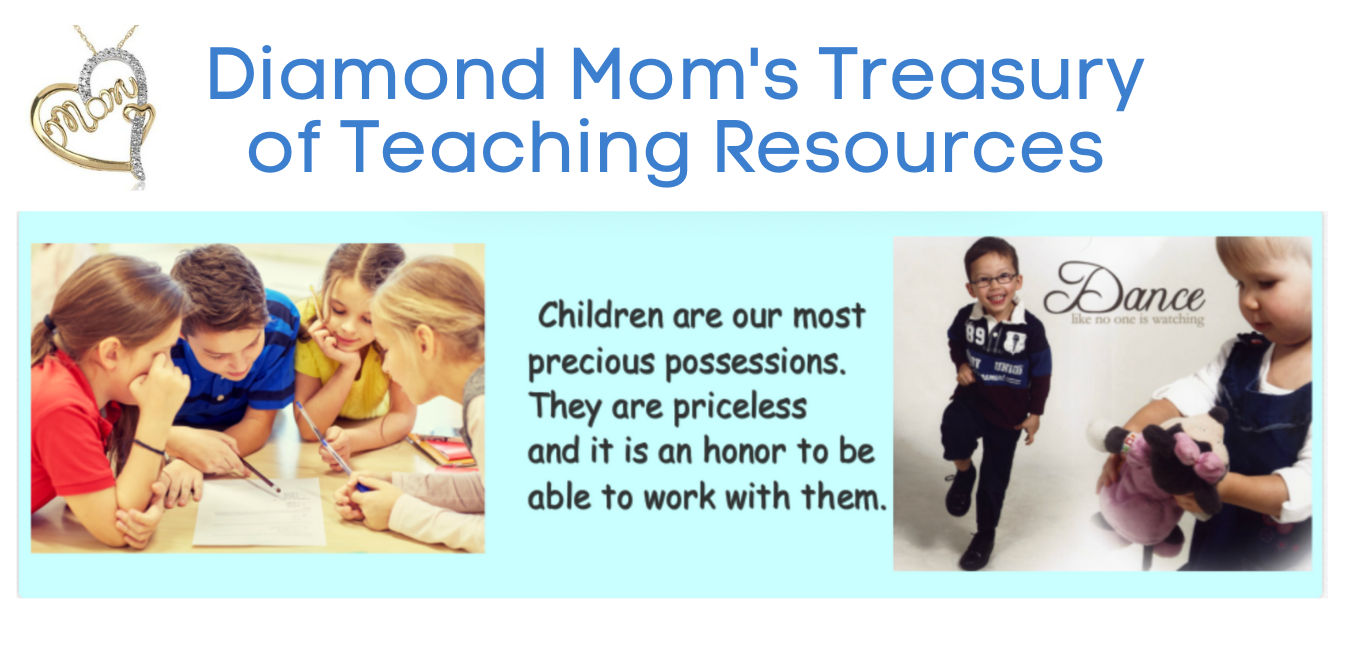
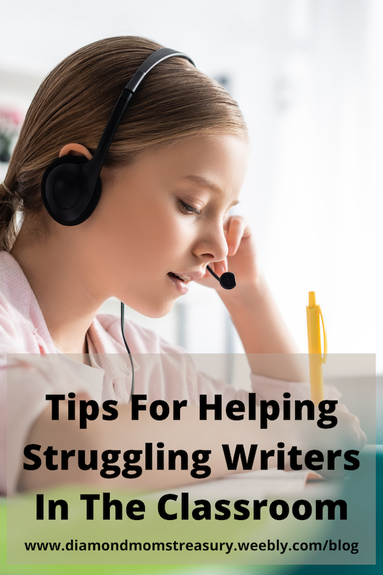
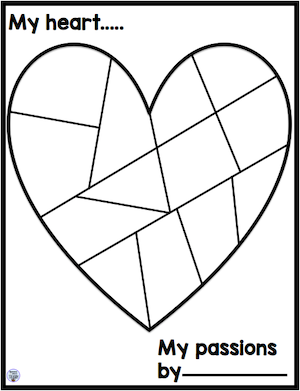
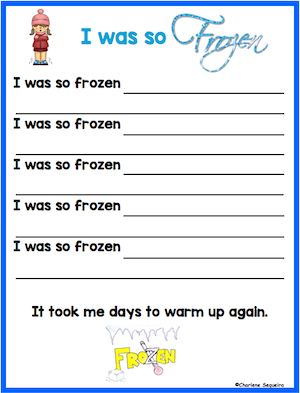
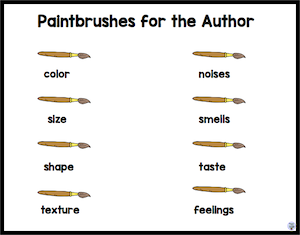
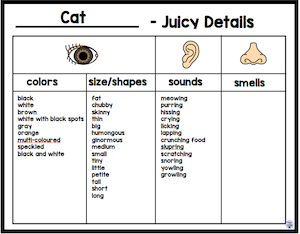
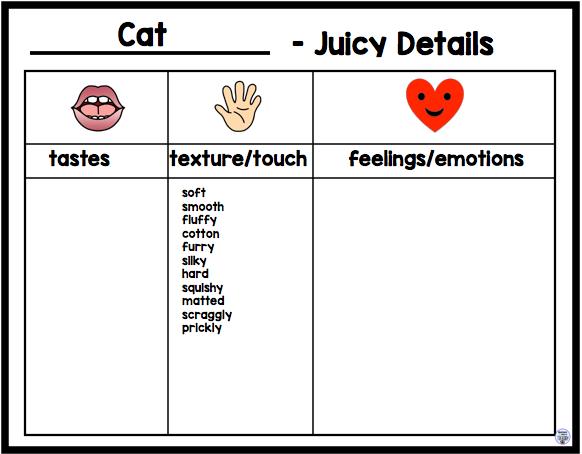
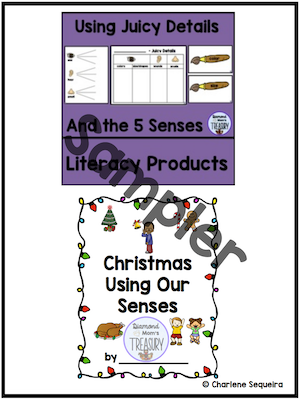
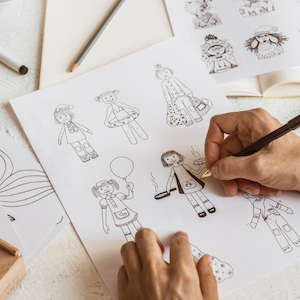



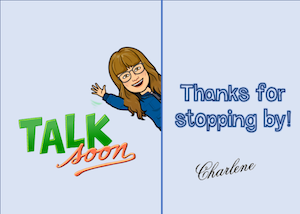
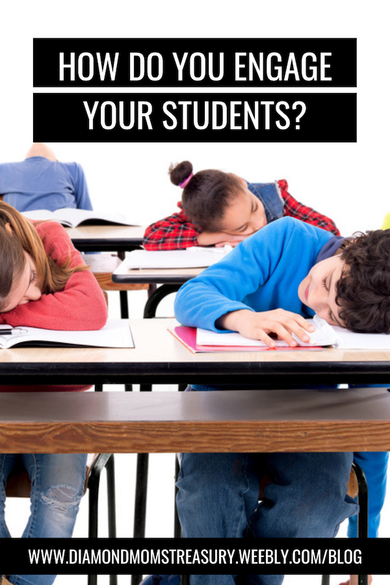
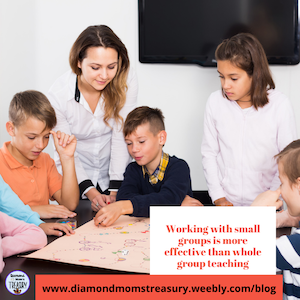
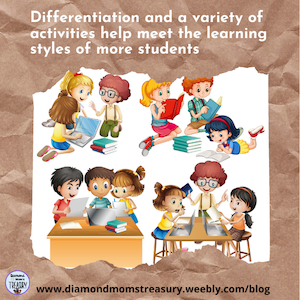
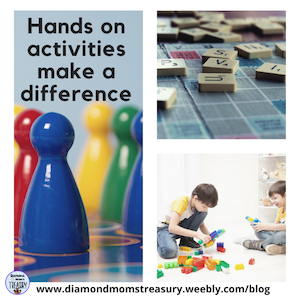
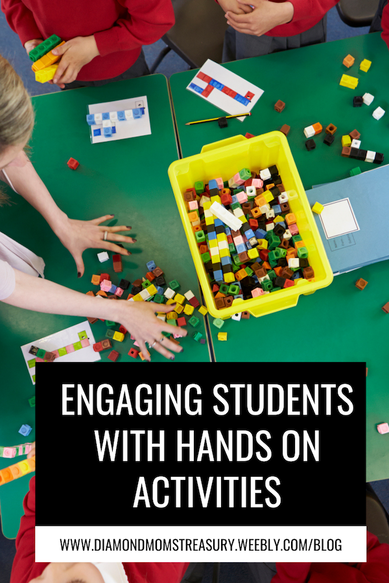
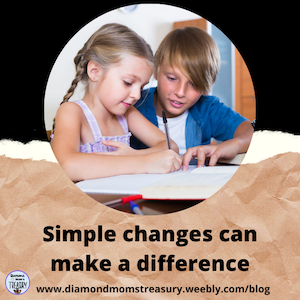
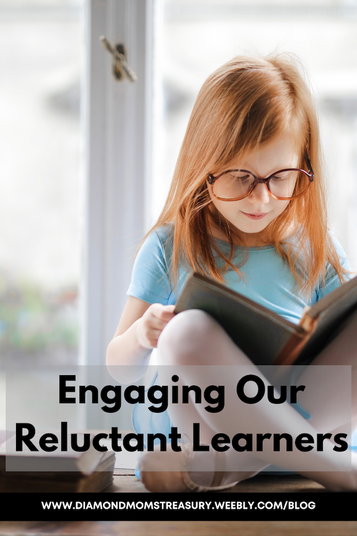

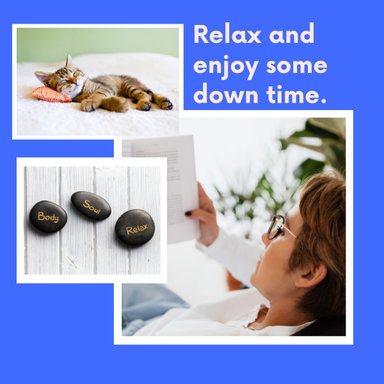

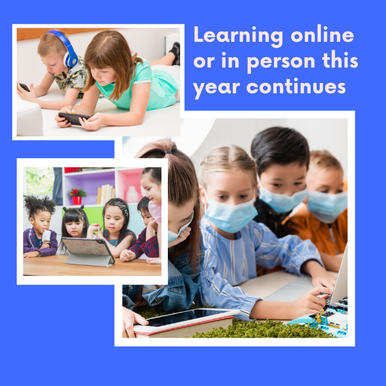
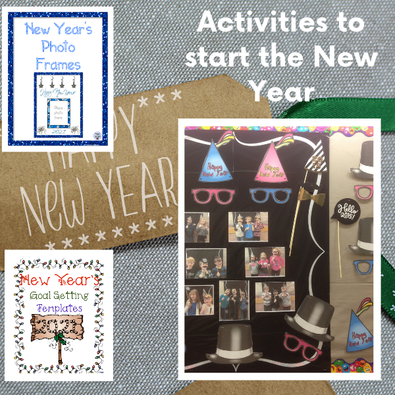
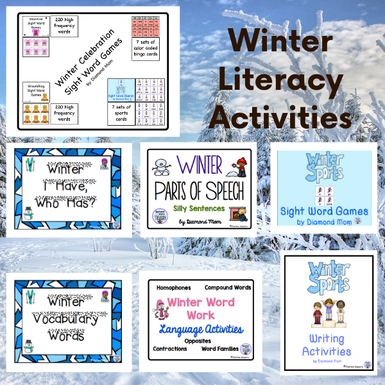
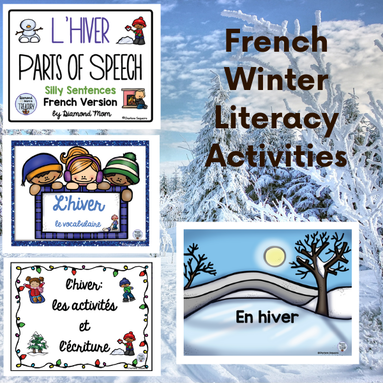
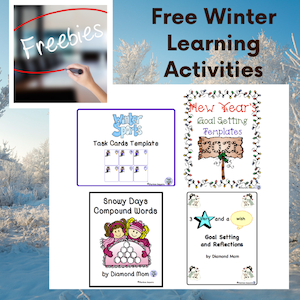

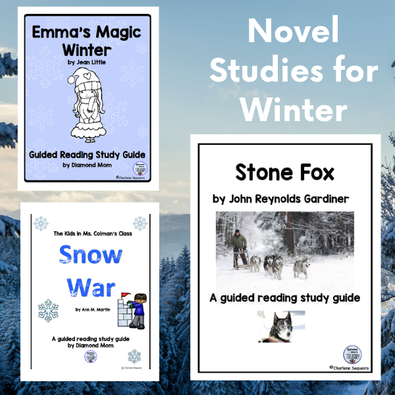

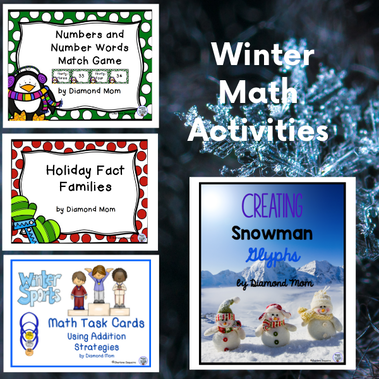

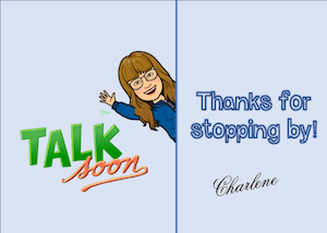
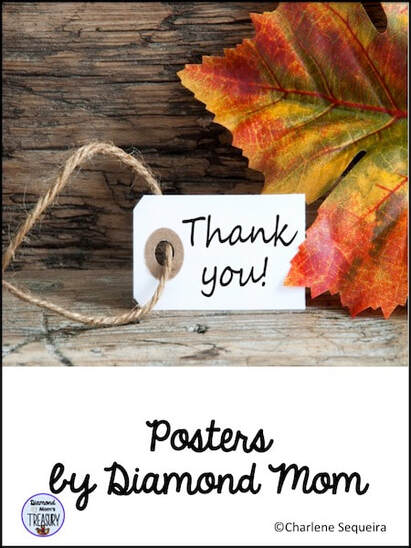
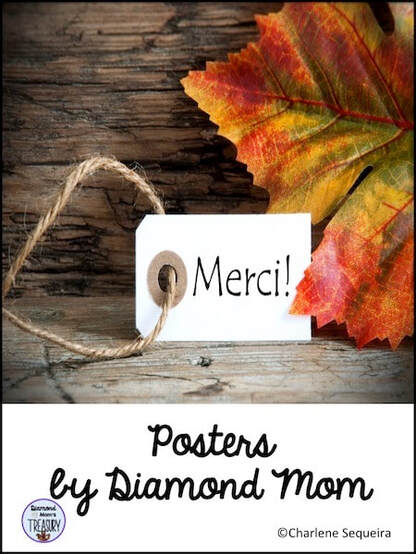
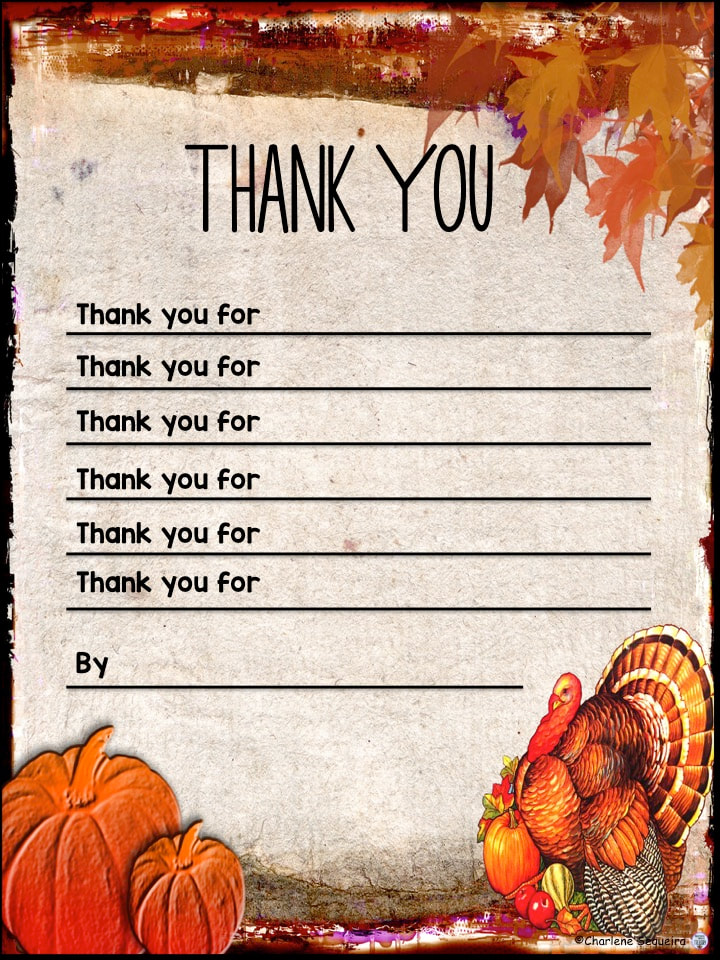
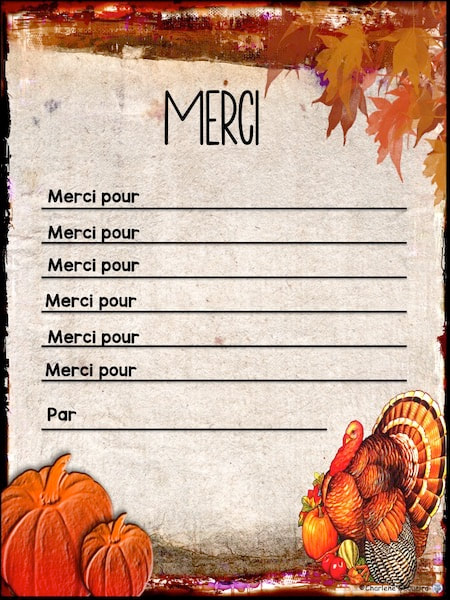

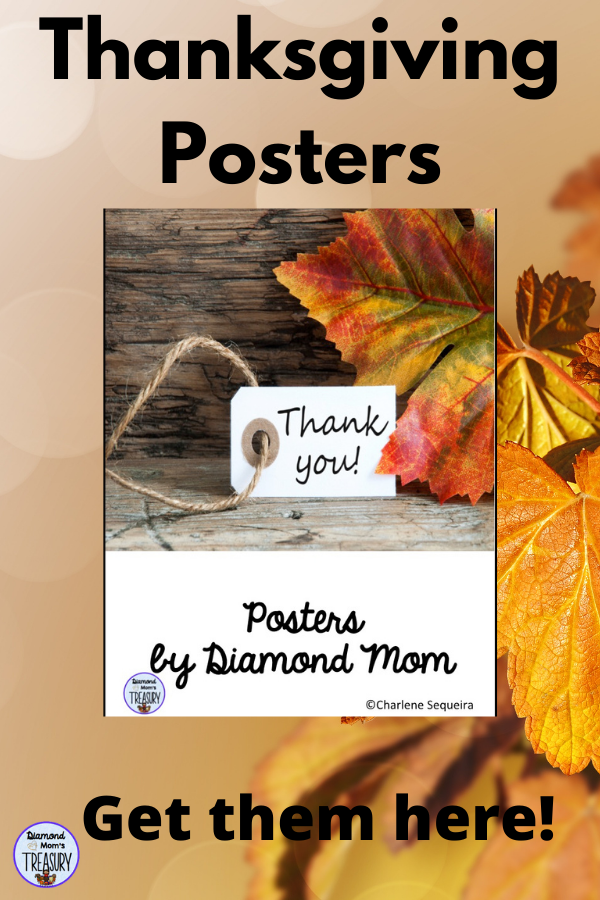
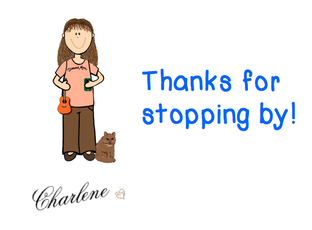

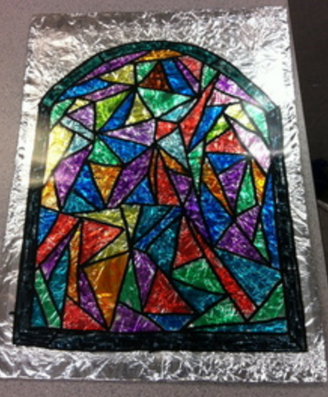


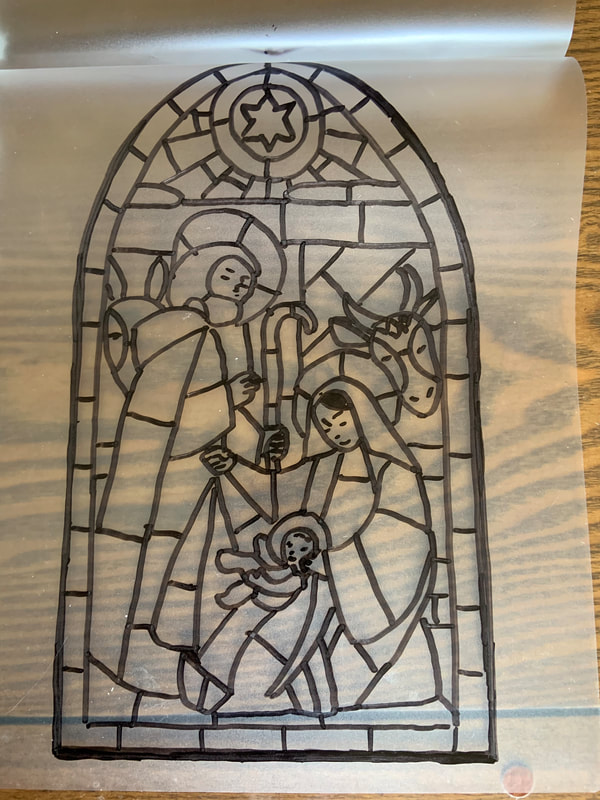





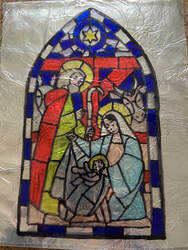
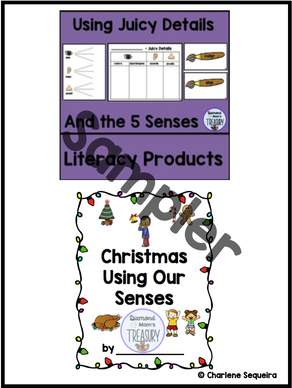

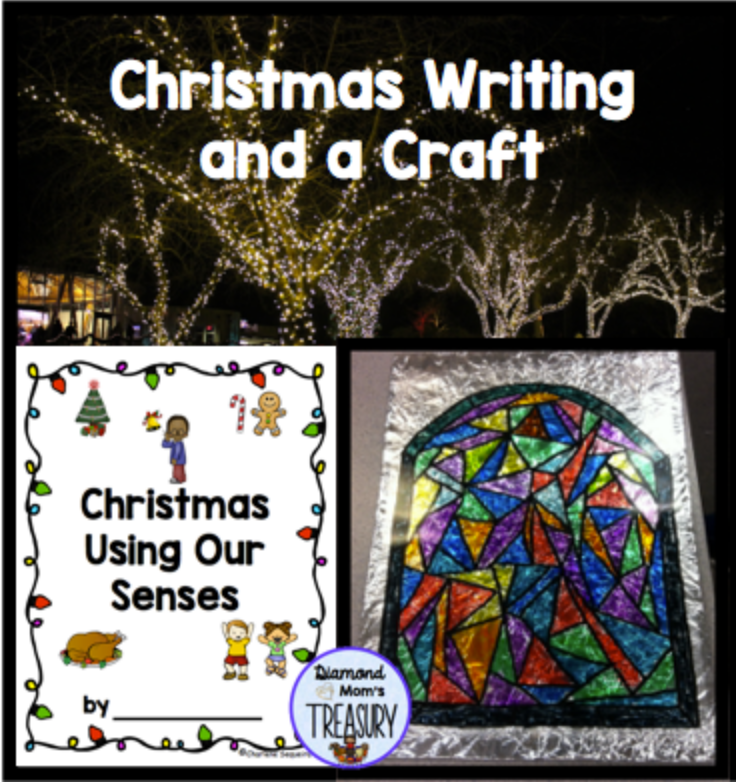
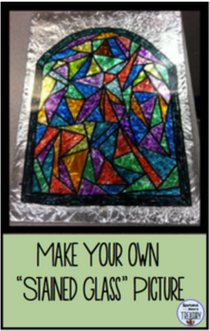

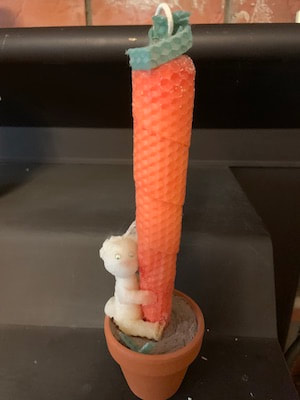
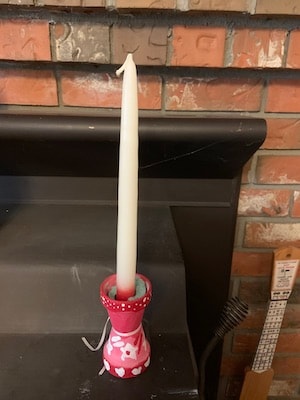
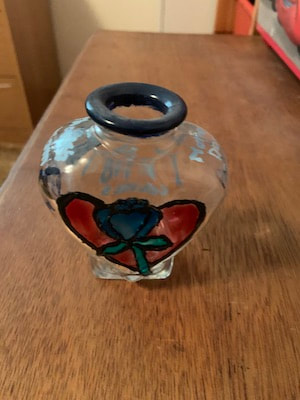

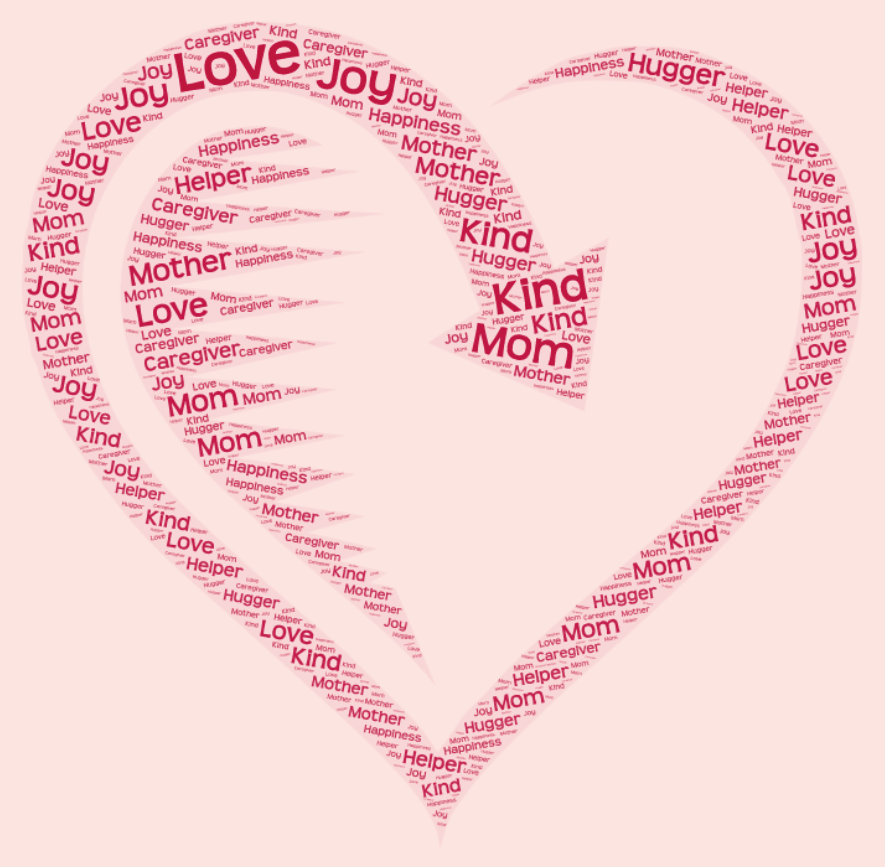

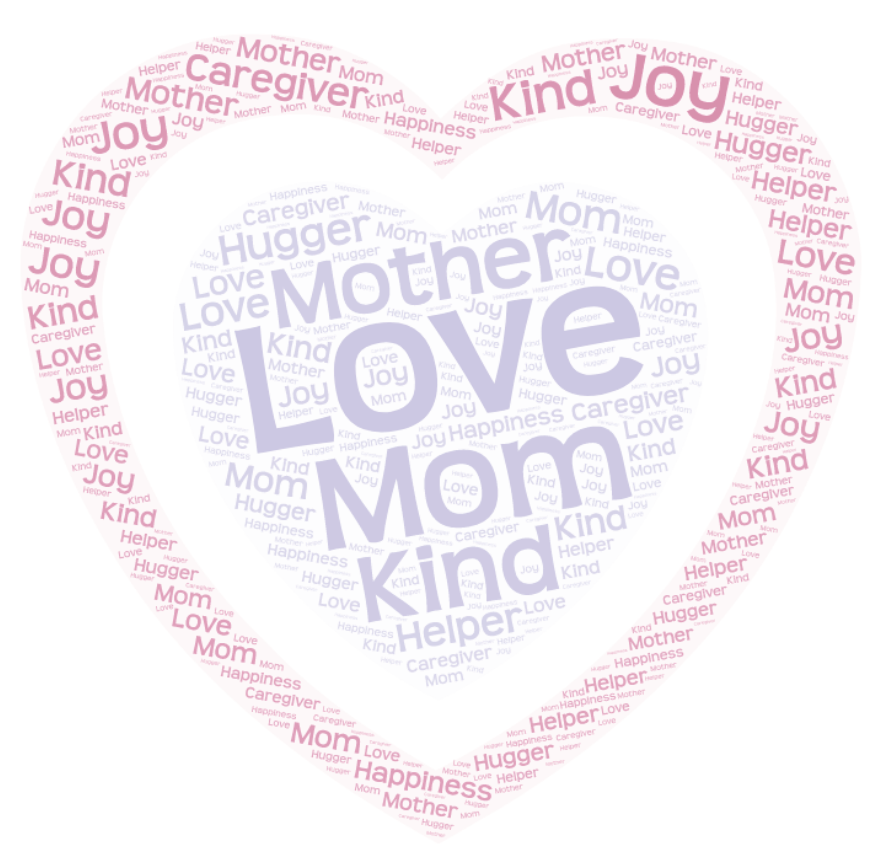

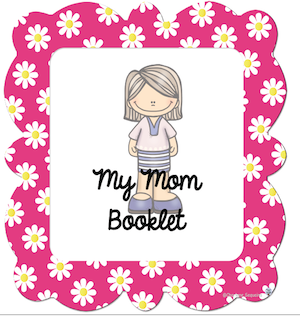
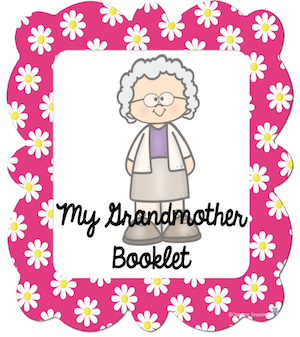
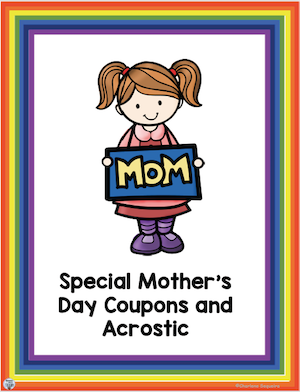
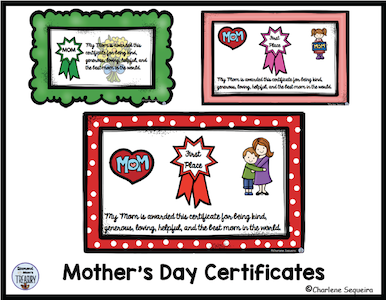
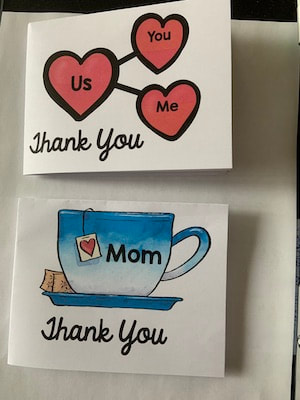
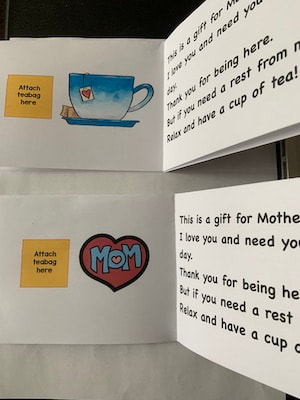
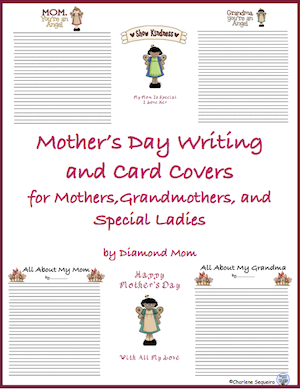
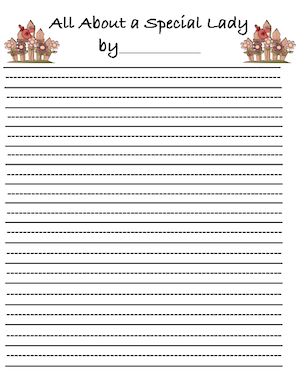


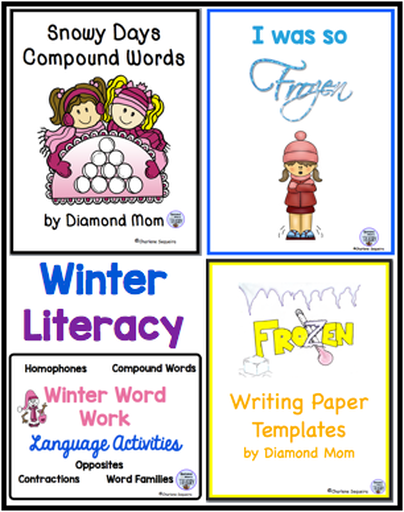



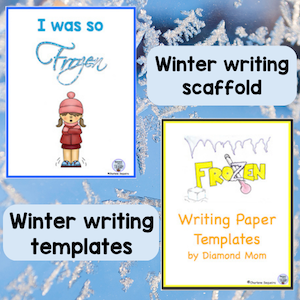

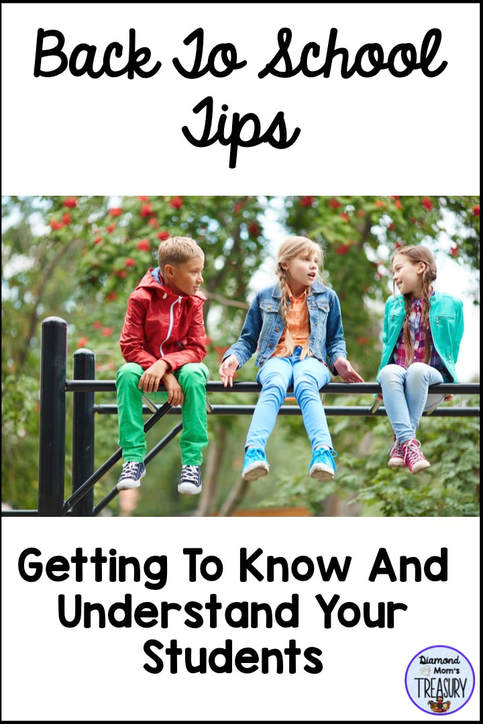
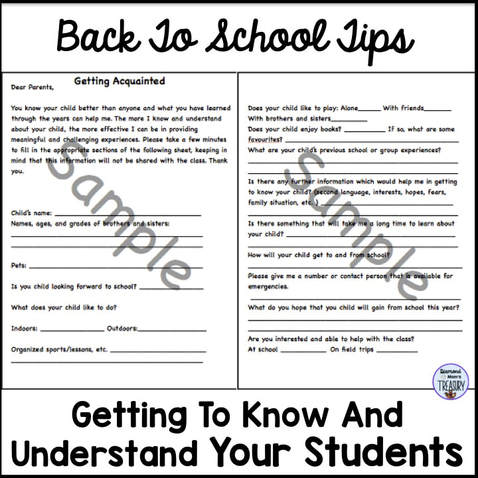
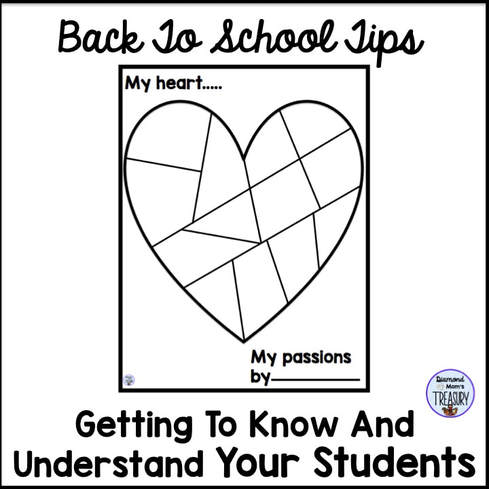
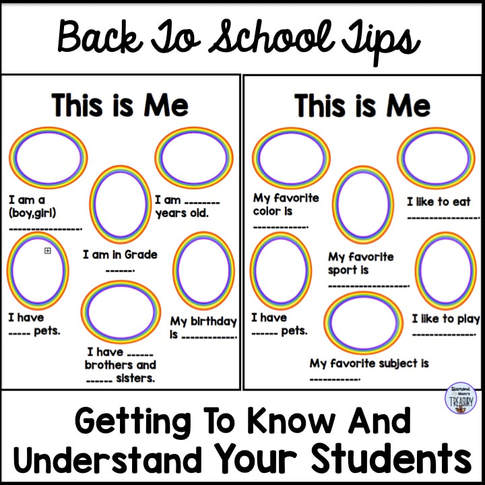

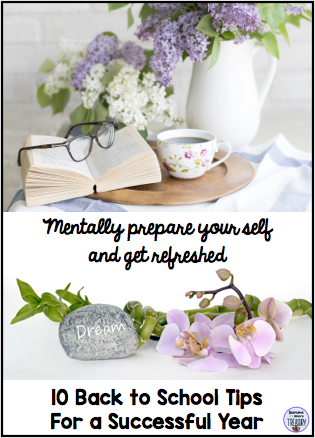
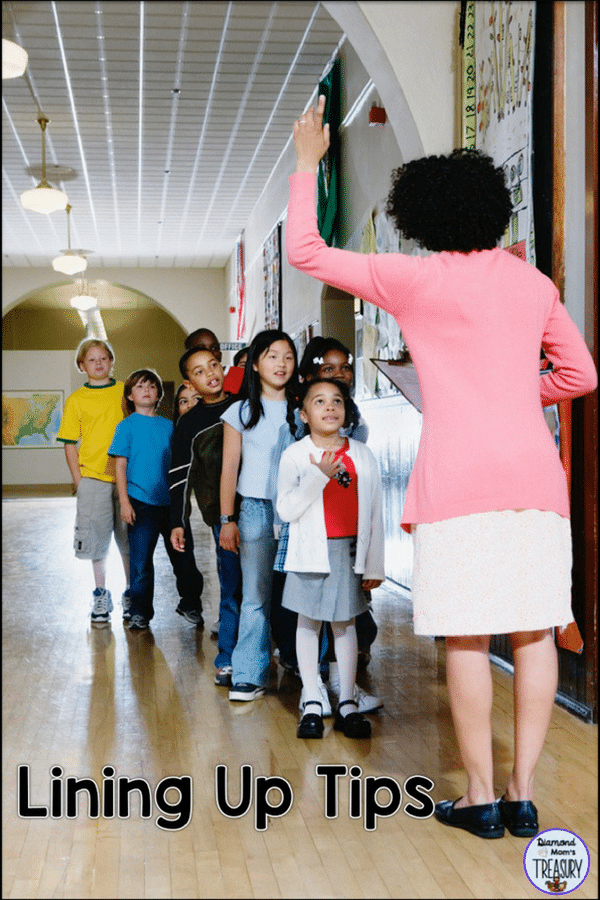
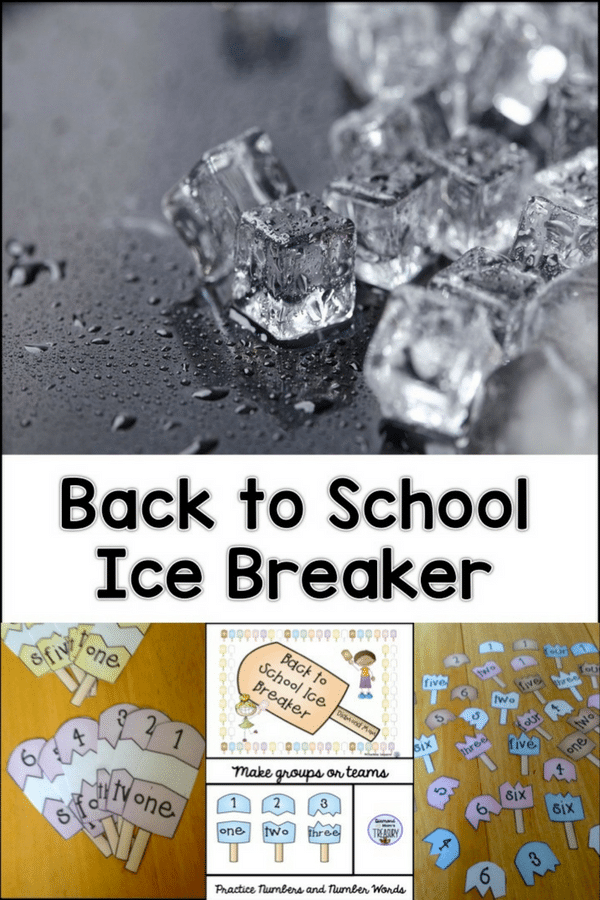
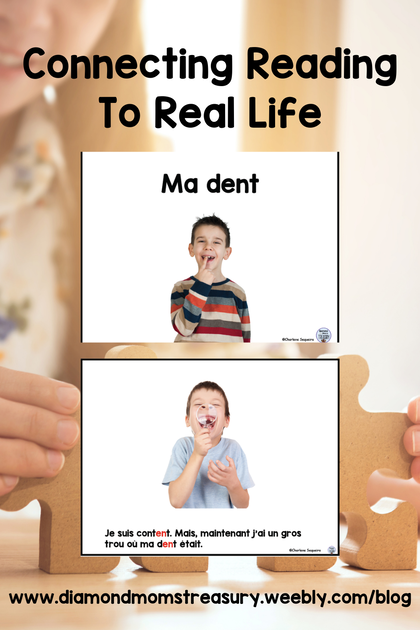
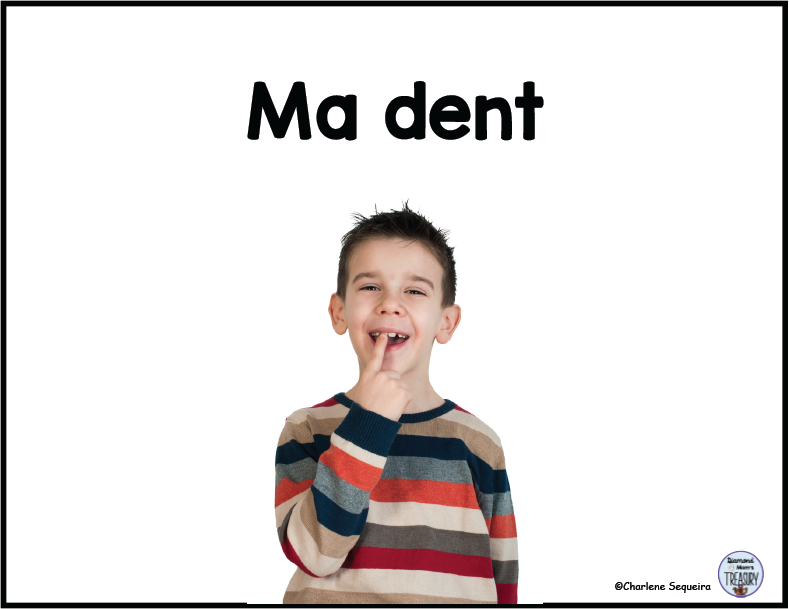
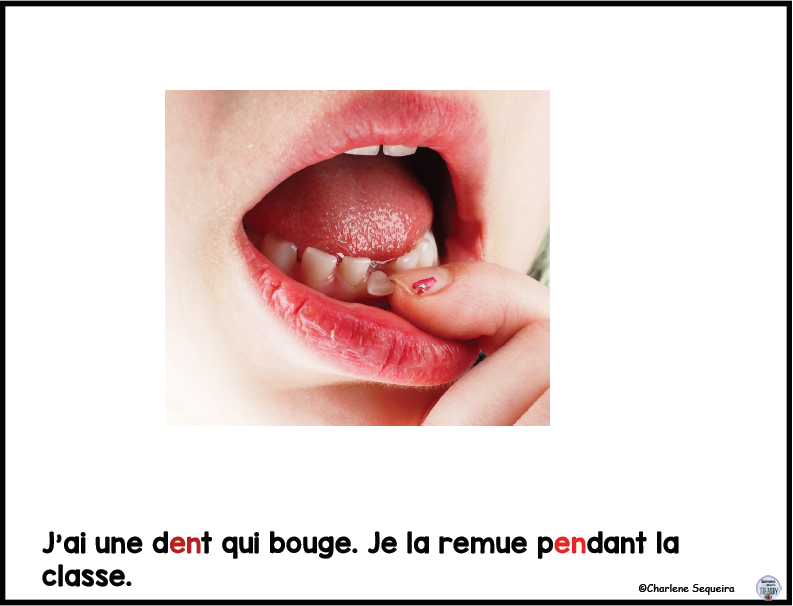
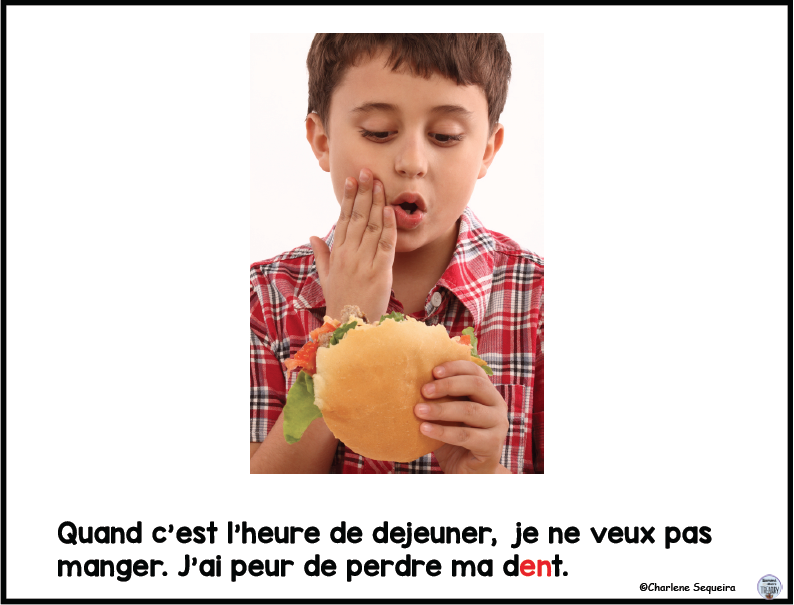

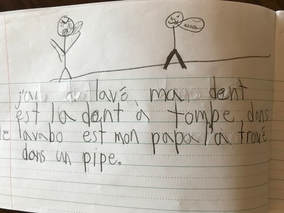
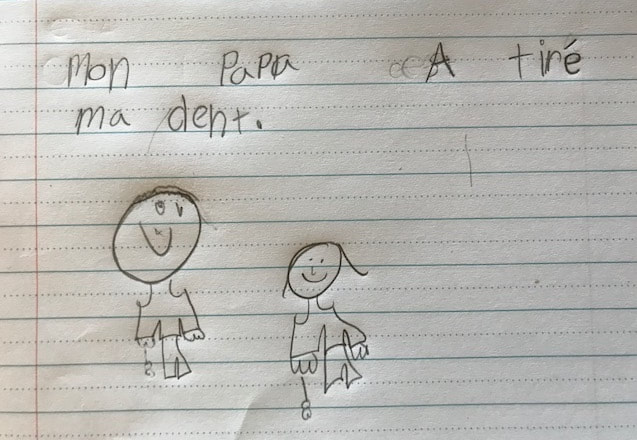
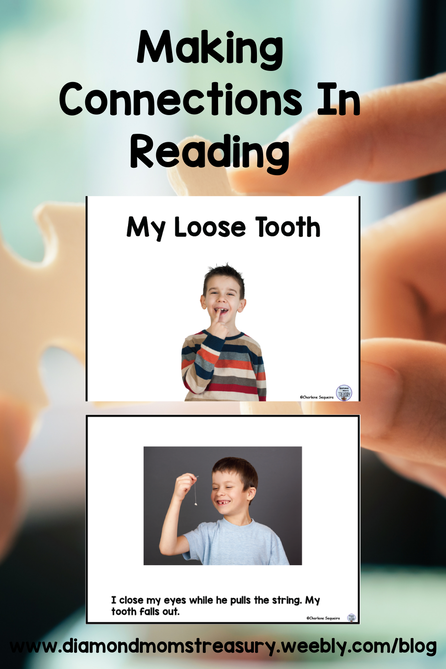
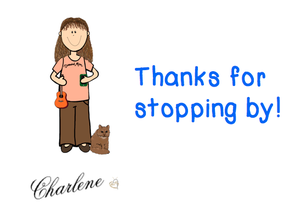

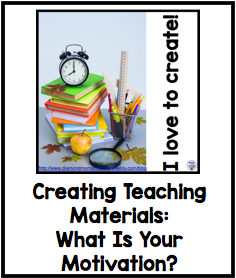

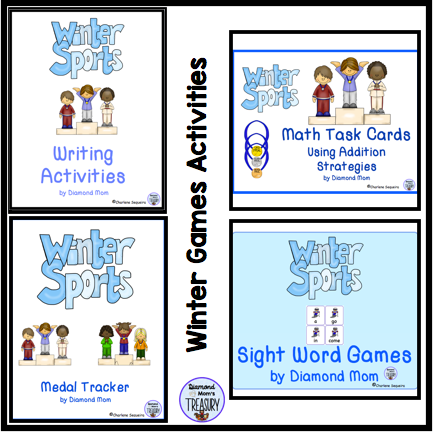
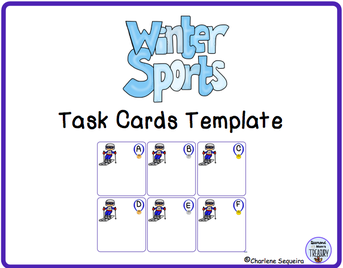




 RSS Feed
RSS Feed